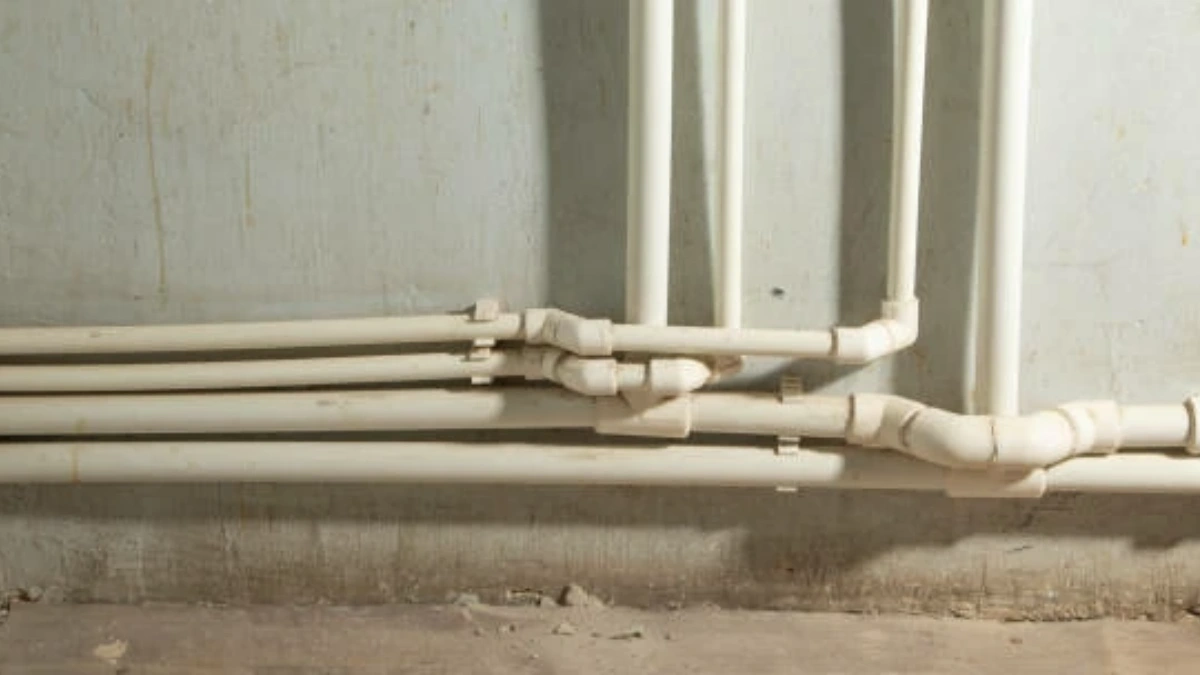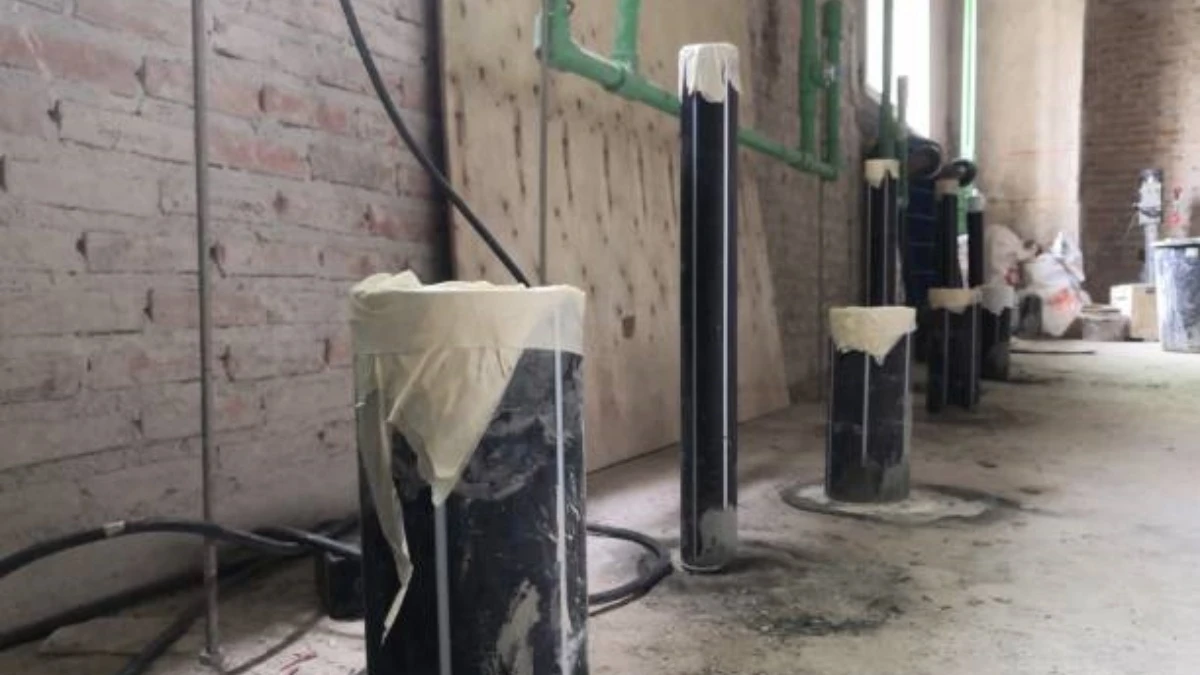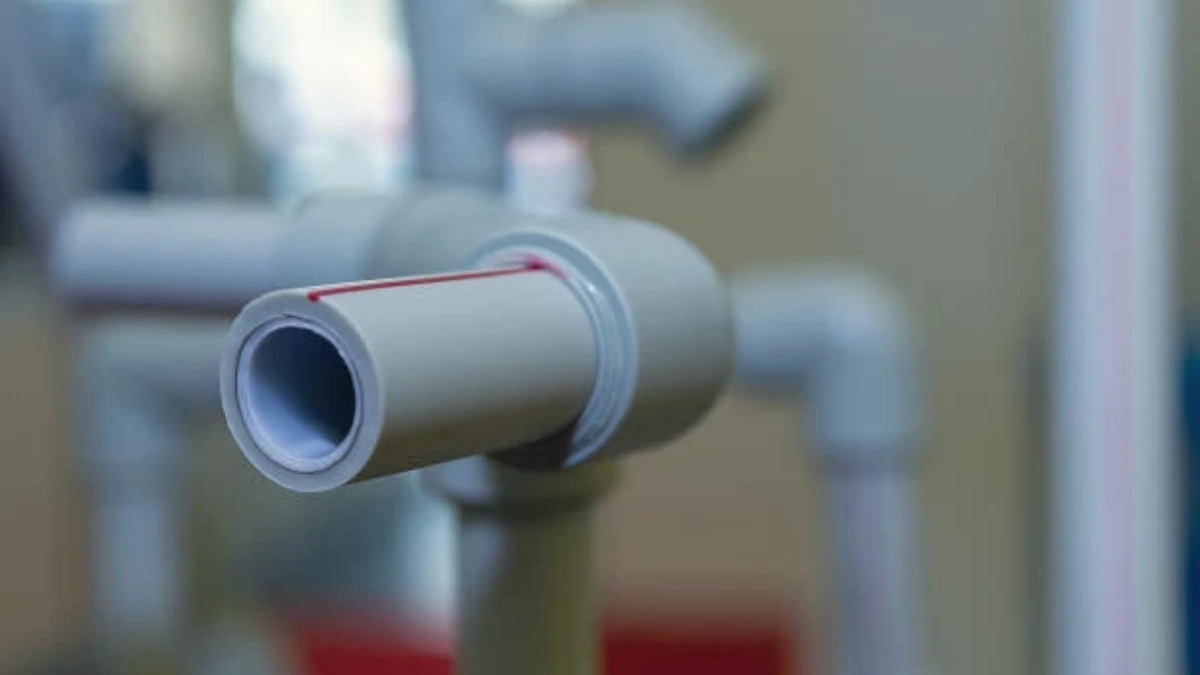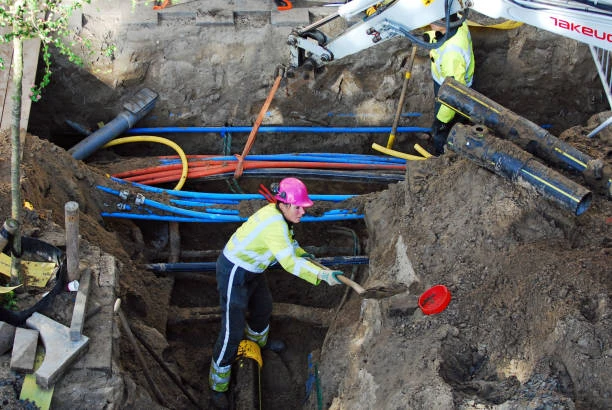Introduction to PPR Valves in Plumbing
Modern plumbing systems rely on durable, efficient, and cost-effective materials. Among the top choices, PPR valves for modern plumbing have gained widespread recognition. PPR (Polypropylene Random Copolymer) offers exceptional heat resistance, corrosion protection, and longevity. These features make PPR valves ideal for both residential and commercial systems. As plumbing standards evolve, professionals and DIY enthusiasts increasingly select PPR solutions for their reliability and ease of installation.
What Makes PPR Valves Ideal for Modern Use
PPR valves serve various functions in plumbing systems. They control water flow, isolate sections for maintenance, and ensure pressure balance. Unlike metal alternatives, PPR valves do not rust or scale. They maintain stable performance over decades, even under high pressure and temperature conditions. Plumbers often prefer PPR because the material withstands chemical exposure and reduces the risk of leaks. The thermal fusion welding process used in installation forms a seamless, leak-proof connection, making the entire system more secure.
Types of PPR Valves Available
PPR valves come in several types, each serving a specific purpose. Common options include:
- Ball Valves: Best for shut-off applications. They provide full flow when open and complete isolation when closed.
- Check Valves: Prevent water from flowing backward. These are essential in multi-directional or vertical piping systems.
- Gate Valves: Suitable for fully open or fully closed positions. They do not regulate flow but provide reliable isolation.
- Angle Valves: Used where space is limited or where the pipeline changes direction.
- Stop Valves: Allow quick maintenance or emergency shut-off without affecting the whole system.
Each type offers specific benefits, but all share the core advantages of PPR construction.
Benefits of Using PPR Valves for Plumbing
Choosing PPR valves for modern plumbing provides several advantages. First, PPR material ensures a long lifespan—typically more than 50 years under normal conditions. Second, the smooth inner surface reduces friction loss and prevents scaling, maintaining consistent water pressure. Third, PPR valves resist chemicals and do not contaminate drinking water. These features make them suitable for both hot and cold water systems.
In addition, installation remains simple and fast. Welders use heat fusion to connect PPR components, reducing labor time and joint failures. The lightweight material also lowers transportation and handling costs.
Applications of PPR Valves in Different Systems
PPR valves support many applications beyond household plumbing. Construction companies use them in high-rise buildings, hotels, hospitals, and industrial plants. Hot water lines benefit greatly from PPR’s high-temperature tolerance. In HVAC systems, PPR valves regulate coolant flow. Agricultural irrigation systems also use PPR valves to control water distribution across fields. Because of their adaptability and durability, PPR valves have become a universal solution in modern infrastructure.
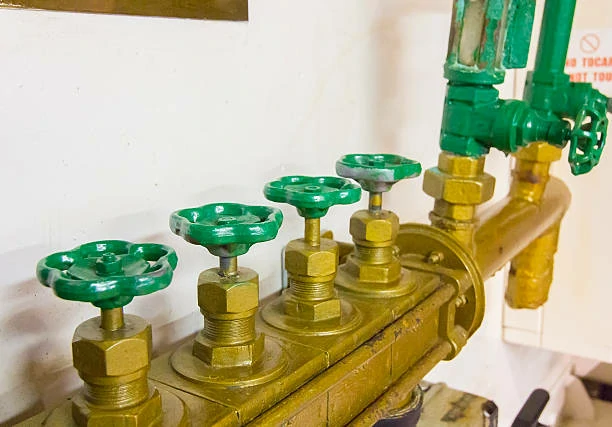
Installation Tips for PPR Valves
Correct installation ensures optimal performance. Here are some tips to follow:
- Measure and Cut Accurately: Use a pipe cutter for a clean, straight cut.
- Clean the Pipe Ends: Remove any debris or dust before fusion.
- Heat Fusion Carefully: Use the proper tools and time each fusion step precisely.
- Check Alignment: Make sure the valve aligns with the pipe during welding to avoid stress.
- Allow Proper Cooling: Let the joint cool naturally before pressure testing.
Following these steps reduces the risk of leaks and extends the system’s life.
Why PPR Valves Beat Traditional Valve Options
Metal valves, especially brass or galvanized ones, may seem like good options at first. However, they come with several downsides. They corrode over time, reduce water purity, and add significant weight to plumbing systems. PPR valves eliminate these problems. Their non-toxic, rust-free structure ensures safe water flow. Their lightweight nature simplifies both installation and maintenance. Most importantly, they cost less in the long run, thanks to lower maintenance and longer lifespans.
How to Choose the Right PPR Valve for Your Project
Project success depends on selecting the right valve type and size. Start by identifying your system’s pressure and temperature requirements. Next, decide on the valve’s function—flow control, shut-off, or backflow prevention. Choose valves from reputable manufacturers who meet international standards like ISO or DIN. Always check compatibility with other pipe materials and systems. For complex projects, consult with a plumbing engineer or supplier to ensure optimal design.
Conclusion
PPR valves play a critical role in modern plumbing systems. Their unmatched combination of durability, cost-efficiency, and safety has made them the go-to choice for professionals. Whether you are planning a residential upgrade or managing a large-scale commercial system, PPR valves for modern plumbing offer lasting solutions. Make the smart switch today and experience the benefits for years to come.
Frequently Asked Questions (FAQs)
1. Are PPR valves suitable for hot water systems?
Yes, PPR valves withstand temperatures up to 95°C, making them ideal for hot water lines.
2. How long do PPR valves last in a typical home system?
PPR valves often last over 50 years under normal residential conditions.
3. Can I install PPR valves myself without special training?
Yes, but using a heat fusion tool correctly is essential. Follow manufacturer guidelines carefully.
4. Do PPR valves affect water taste or quality?
No, PPR material is non-toxic and does not alter water taste or quality.
5. What sizes do PPR valves come in?
Common sizes range from 20mm to 160mm, covering both domestic and industrial needs.








